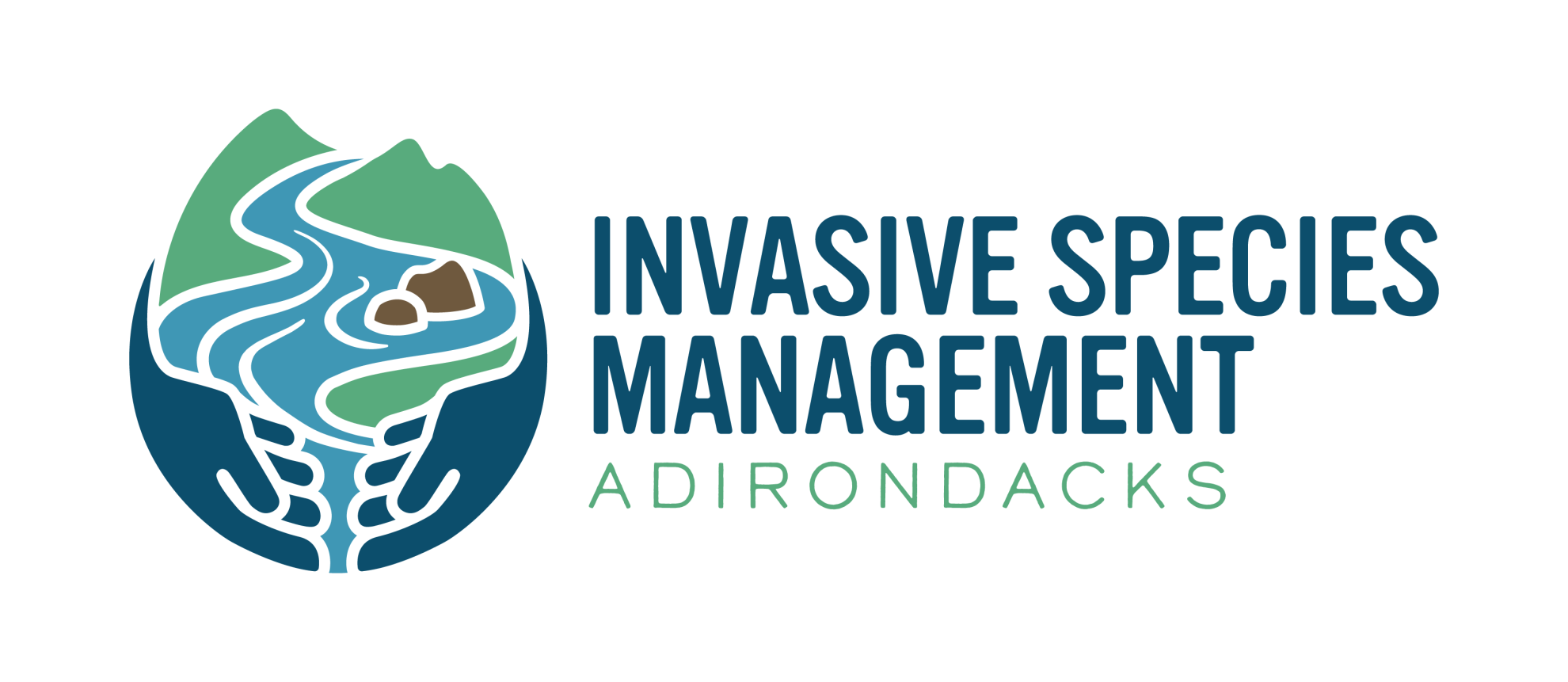APIPP News: New Terrestrial Invasive Species Guide

APIPP News: New Terrestrial Invasive Species Guide
Dear Partners,
Thank you to everyone who joined our December 1 Year-End Partner Meeting. It was great to have so many friends and partners on the call. APIPP shared some of its 2022 season highlights and was excited to announce the release of the new, hot-off-the-press, field guide to terrestrial invasive species. You can read more about the partner meeting and the field guide below.
New Field Guide Now Available
The Field Guide to Terrestrial Invasive Species of the Adirondacks was just released! The new guide consolidates and refreshes two older pamphlets that covered invasive plants and invasive animals.
The compact design provides enough reference information for users to identify 28 terrestrial invasive plant and animal species in the field. (Users may wish to seek out additional detail via more comprehensive print and digital guides when they return from the field.)
The Field Guide opens with an introduction explaining what makes a species invasive and why it is important to manage invasive species and prevent them from spreading. Subsequent pages describe how to use the guide and include a beginner’s primer on plant identification. A brief outline of best management practices and an overview of how to use iMapInvasives to report an invasive species appear in the back of the guide.
Each of the 28 species has its own page that includes two images—one showing the species as it appears in the wild, the other highlighting a close-up feature of the species—as well as a detailed description, identifying characteristics, management techniques, and a “fast fact.” You can download the digital Field Guide to Terrestrial Invasive Species of the Adirondacks from APIPP’s website as well as order up to 10 print copies free of charge.
The Field Guide provides a terrestrial invasive species counterpart to the Lake Champlain Basin Program’s (LCBP) Aquatic Invasive Species Guide.
December 1 Year-End Partner Meeting Materials
Thanks to the 40 partners and friends who joined APIPP staff for the Year-End Partner Meeting on December 1. It was a fun, informative, and engaging meeting. You can find the notes, slides, and recording on APIPP’s website here.
Below is a snapshot of some of the 2022 highlights APIPP shared during the meeting.
- APIPP Summer 2022 Terrestrial Program Highlights
- APIPP stewards have helped eliminate garlic mustard from seven NYSDEC campgrounds. See the 2022 campground steward’s report here.
- APIPP’s new seasonal forest pest research assistant monitored more than 60 sites and 17 traps for five different forest pests. See the forest pest research assistant’s report here.
- Volunteer Forest Pest Hunters entered over 500 observations related to hemlock woolly adelgid (HWA) and beech leaf disease into iMapInvasives.
- Over 1,400 trees have been treated for HWA on Dome Island in Lake George.
- Two species of interest were new to Adirondack PRISM in 2022: beech leaf disease and wineberry.
- APIPP completed the first year of a new study to evaluate the effectiveness of alternatives to glyphosate for the control of knotweed.
- APIPP Summer 2022 Aquatic Program Highlights
- This was the 21st season of APIPP’s volunteer lake monitoring program; a record number of 108 surveys were submitted.
- APIPP’s early detection team, contracted through Adirondack Research, surveyed 42 lakes.
- No new aquatic invasive species (AIS) were found in the Adirondacks; however, at least five already-invaded waterbodies had additional species of AIS detected in 2022.
- This was the fifth year the lake management tracker program was used by lake associations to track the effectiveness of AIS management efforts. Five lakes participated.
- APIPP teamed up with the St. Lawrence – Eastern Lake Ontario PRISM on an environmental DNA monitoring project; 66 locations across five watersheds were monitored for AIS.
- Paul Smith’s College Adirondack Watershed Institute provided a report on its 2022 AIS spread-prevention program. Watercraft inspection stewards inspected over 70,000 boats in the Adirondacks and intercepted invasive species on 733 boats.
- APIPP 2022 Education and Communications Highlights
- APIPP received expanded media coverage this year in television, print and online media.
- A very informative and successful Adirondack Invasive Species Summit was held on October 19 at Adirondack Experience: The Museum on Blue Mountain Lake.
- APIPP hosted or assisted partners with 45 education and outreach events in 2022, reaching more than 1,900 attendees.
- The 2023 winter education series will begin with an HWA training on January 24.
- APIPP just released a new Field Guide to Terrestrial Invasive Species of the Adirondacks.
Happy Holiday Season,
Tammara

